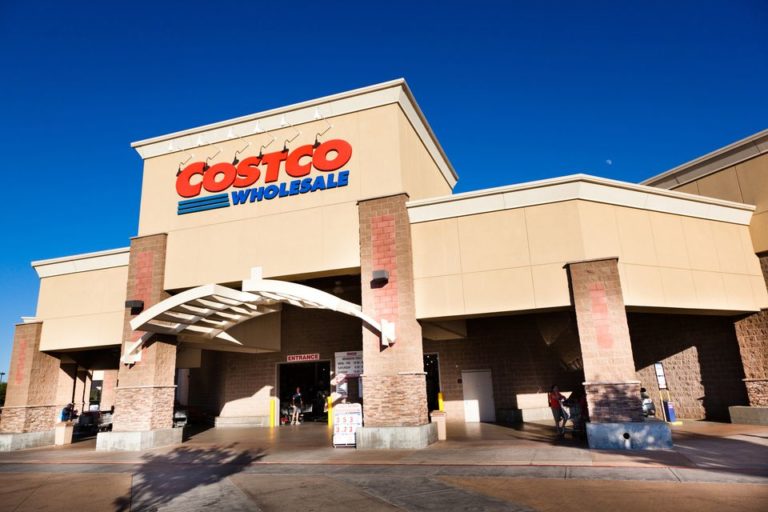To know more about the Food Retail Industry in China, contact us at dx@daxueconsulting.com
Digitalization of the Chinese retail industry
The food retail industry in China has been experiencing steady growth in the last couple of years. With factors such as a rising population and an increase of middle-class purchasing power, the growth of the food retail industry has moved at a decent pace. Government investments in infrastructure along with the entry of food giants into the sector have also contributed to the boom in the industry. According to research conducted by Daxue Consulting, the food retail industry in China has been growing at an annualized rate of 8% in 2015, in spite of a slight slowdown in the third quarter due to the deceleration of the overall economy. The retailing industry is expected to maintain this growth, driven by the rise in Chinese disposable incomes and the pursuit of a better lifestyle. With supermarkets and hypermarkets accounting for the largest share of the total food retail industry, there is room for growth. One of the main development will be the digitalization of the retail offer.
This shift will be driven by various factors. First of all, urbanized Chinese consumers are becoming more and more in need of online offers to match changes in their lifestyles. Secondly, Chinese consumers are looking for a broader range of offers. Especially, cross-border platforms are completely reshaping the retail industry in China with strong appeal for imported products. Thirdly, Chinese online giants have heavily invested in the development of online consumption, especially in areas beyond China’s tier-1 cities. For instance, Alibaba has been a major force in developing e-shopping – especially mobile shopping – in rural areas through smartphone equipment and connection links between rural producers and urban consumers. Finally, e-retail is also the result of the overall digitalization of the Chinese society and social media platforms in any step of the consumer’s daily life. Moreover,it does not only impact purchases. For instance, according to a Daxue Consulting survey, 59% of Chinese consumers in tier-1 cities use the Internet as the main source of information about food brands.
E-tailing is a natural match for urban population
The development of technology, the growth of Internet solutions and changing consumer behavior in China have obviously paved the way for the prominence of e-retailing in China.The main motivations for the usage of e-retail by Chinese consumers are:
- Convenience of delivery
- Ease of searching for items
- Not having to deal with crowds
- Wide selection of products
- Online deals and promotion

Chinese people are value seekers, always looking for the best deals. This pattern applies to both high and low-income market groups and e-commerce platforms have efficiently adapted by offering price comparisons and more purchase options. Most online retail platforms promote themselves with special discounts, whilst many companies send coupons to their customers who have registered with their marketing campaign.
Based on research done by Daxue Consulting, the online supermarket will take off especially in China because of a rising middle class without cars that live in densely populated cities. Online supermarkets should have a sustainable strategy in order to survive in China’s environment. Even with China’s consumer trait of browsing through products before picking their items; in tier-1 cities, such as Shanghai and Beijing, customers will be looking for convenience.Online supermarkets in China, therefore, should take advantage of it and improve their customer relationship in order to gain customer loyalty.
How will e-retail also reshape the food and grocery market beyond China’s tier-1 cities?
If e-retail is a natural option for an urbanized population, the main motivation for purchasing online seems to be less important for those in rural areas and even in China’s tier-3 to -5 cities. Although this segment is the most looked after by e-retail players in China today, the online market seems nearly saturated in tier-1 cities. The growth will be more promising in more rural areas. Indeed, Chinese online giants are naturally supporting their growth. In the first quarter of 2016, more than 60% of new Internet users have been identified in these less urbanized areas. Daxue Consulting research highlighted a growth of nearly 40% YoY in online shopping in these regions compared to less than 15% in tier-1 cities. If the disposable income of this population is rising, the main reason for this spectacular growth is the strong investment from both government and Chinese online giants (especially the B.A.T) through 3 pillars: equipment, network, and usage.
Alibaba can arguably be defined as the major player in this effort. Rural areas represent a strategic stake for the group, both for gaining more shoppers and producers of food. Alibaba, therefore, worked with the major telecommunication operator, China Mobile, to equip potential shoppers and sellers in rural areas with low-cost smartphones. Subsequently, Alibaba created programs, especially in Taobao Towns and Taobao Villages, to integrate the relevant population in the e-retailing environment.





